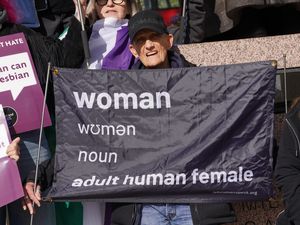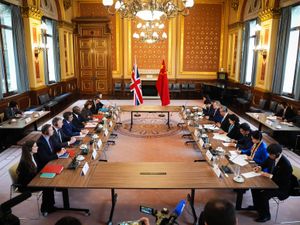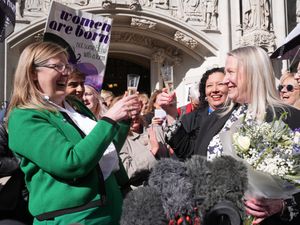US tariffs: What are they and how do they work?
President Trump’s tariff plan, which included a 10% charge on imports from the UK, shook the financial markets over the past week.
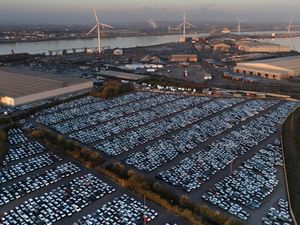
US president Donald Trump’s worldwide tariffs regime has come into force.
It comes a week after the president’s “liberation day” announcement, in which he handed dozens of countries significantly higher import taxes.
The tariff plan, which included a 10% charge on imports from the UK, shook the financial markets over the past week.
Mr Trump announced a new 104% rate on some Chinese imports this week in response to retaliatory tariffs from China. Beijing later responded by announcing an increased retaliatory tariff on US imports of 84%.
– But what are tariffs?
Tariffs are a tax on products imported into a country.
They are typically charged as a percentage of the price a buyer pays a foreign seller.
It means a US company buying a product from UK supplier would now have to pay a 10% tax to the state, on top of the original price.
– Who pays them?
The companies buying the imported goods pay the tariffs.
In this case, it means US firms will have to pay more for international goods.
This is part of a policy by President Trump’s government to encourage US firms to buy products manufactured within the country, and therefore avoid the additional tax.
Often these tax increases are passed onto customers, who will then ultimately pay the costs of the tariff.
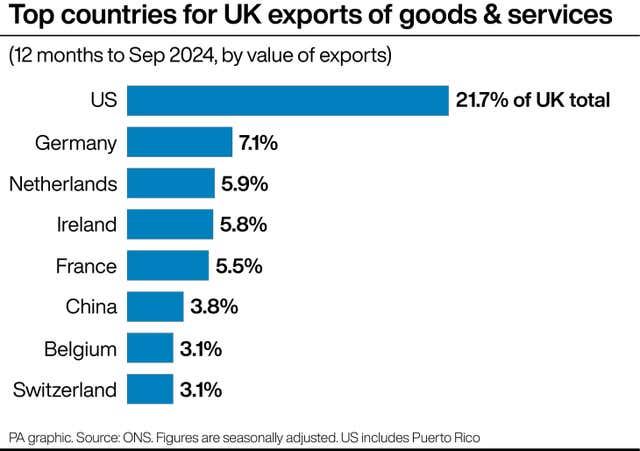
– How are they charged?
Tariffs are collected by the national customs authority of the country into which the goods are being brought.
In the UK, this means any tariff is paid to His Majesty’s Revenue and Customs (HMRC) when goods enter the UK.
In the US, tariffs are collected by Customs and Border Protection agents at ports of entry across the country, such as airports and ports.
The process will remain the same despite the significant change in tariff policy by the US administration.
– How are tariffs calculated?
Companies can determine the tariff costs of a product by working out its 10-digit HTS code, which is an internationally recognised standard used for the categorisation of goods by customs officials.
Every product has a classified code based on the characteristics of the product, which is needed to goods to be imported.
Duty and tariff rates are based on these and firms can face penalties if they mis-declare these or the goods.
Firms also have to declare that product originate in a particular country, with a certificate of origin.
The significant range of US tariffs for different countries – varying between 10% for most UK items and potentially 104% for certain items from China – means it affects the cost for a buyer.
If a product is made in the UK but made partly from goods sourced from a country with higher tariffs, such as China, it could be eligible for the lower UK rate.
– What does it mean for UK exporters?
UK exporters do not pay the cost of the tariff but are heavily impacted.
They typically experience adverse effects from their product being made more expensive on the foreign market.
Firms exporting these items are often faced with a choice of whether to reduce the price to stay competitive, move production to within the country or to turn attention to other markets without significant tariffs.
Some companies, such as JCB, have already announced plans to ramp up production within the US in order to sell more goods in the US without being impacted by the tariff rules.
– Will all imports from the UK be affected?
The new rules mean that goods being exported from the UK to the US will broadly face a blanket 10% tariff.
However, this does change slightly for certain products.
There is a specific 25% tariff on all cars being imported into the US, with a similar tariff for car parts expected to come into force next month.
The US also announced a 25% tariff on all steel and aluminium imports.
Meanwhile, there are also some items which are currently exempt from the new tariffs. This includes pharmaceuticals, semiconductors, copper and some lumber.

